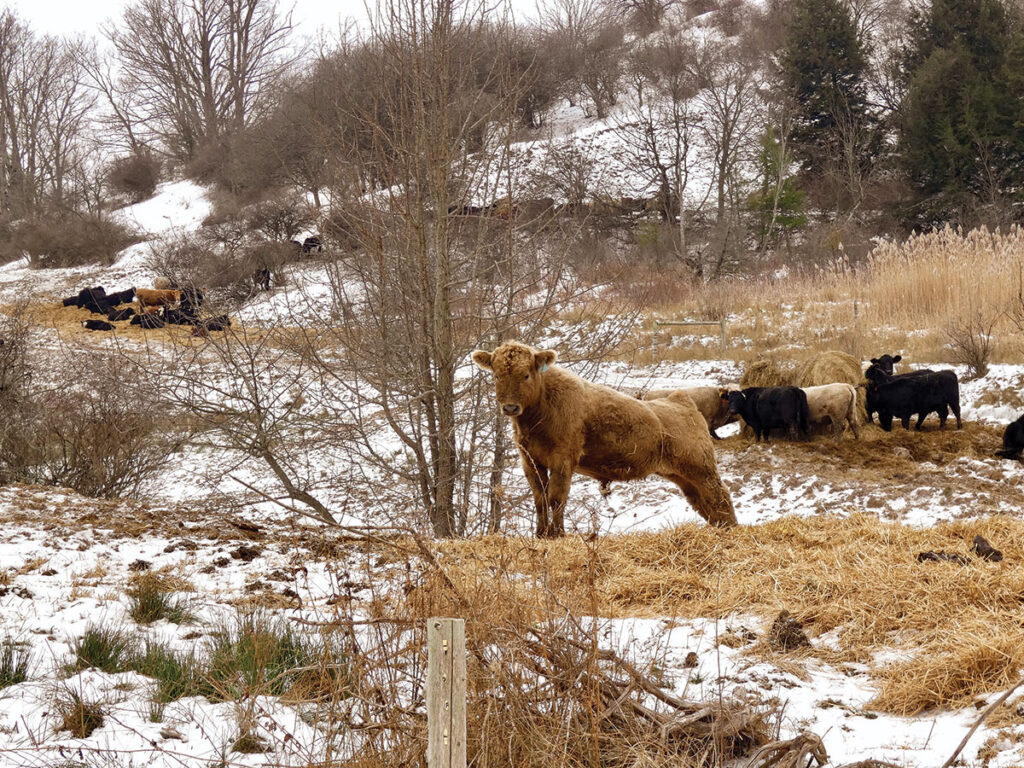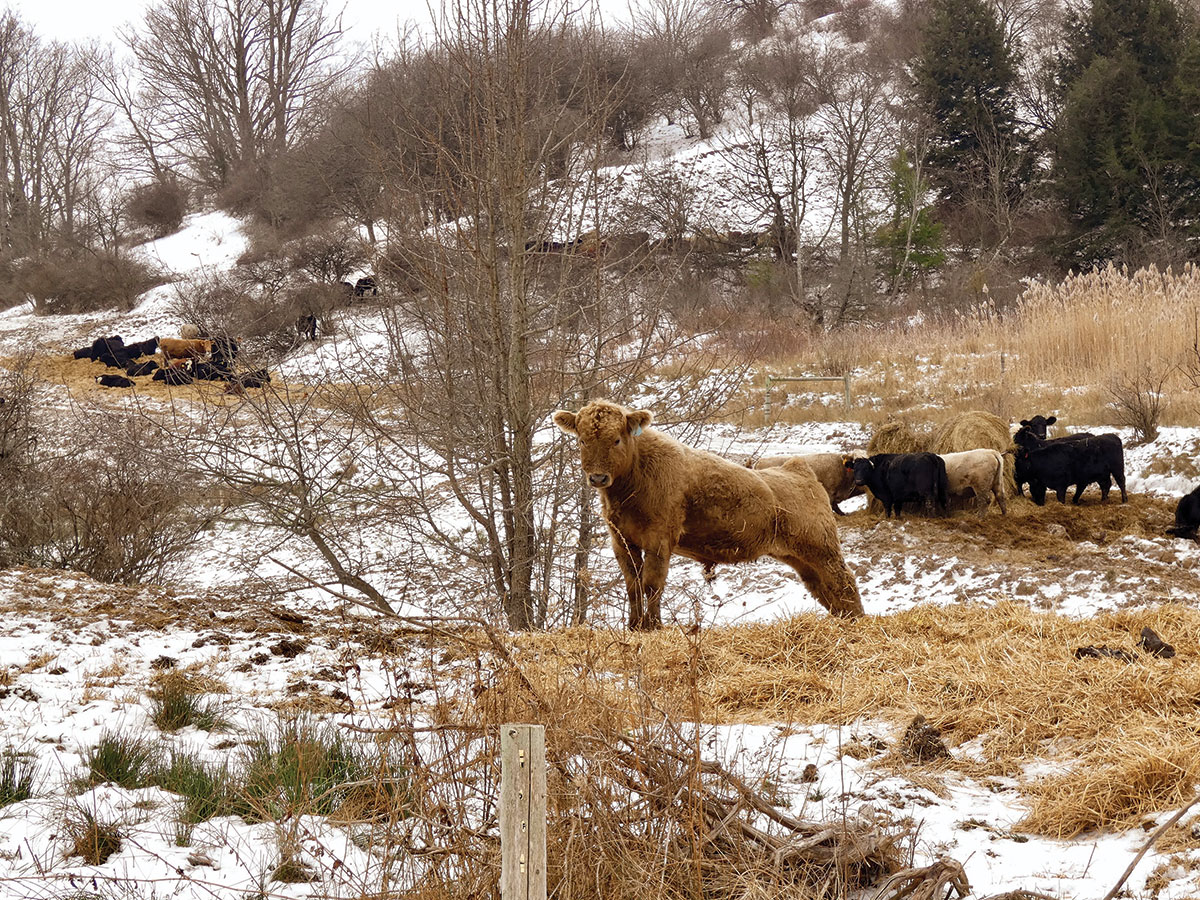
Providing animals additional protection from the elements
Whether an operation should consider providing bedding for its livestock depends on a variety of factors. For instance, adult animals grazing stockpiled forage or out in large fields with little mud typically don’t need bedding. They will likely thrive with wind breaks or trees for shelter.
However, there are instances in which livestock may need bedding. Livestock housed in lots with deep mud could benefit from bedding placed on a well-drained area. According to livestock extension specialists, providing bedding in these circumstances is a good idea to reduce the incidence of leg injuries, hoof rot, and hypothermia in calves.
There are other situations in which bedding can prove beneficial in an operation. “If calving, providing some bedding may be a good idea to help give small calves a dry place to stay warm, especially considering their still developing thermoregulatory system and higher skin to body mass ratio which makes them not as good at retaining heat,” Elizabeth MacConnell Picking, field specialist in livestock with the University of Missouri Extension, said.
Bedding Placement
Producers will want to scout out the ideal placement for bedding in order for it to have the most impact. “Placing bedding in an area that is by a tree line or close to some stacked hay bales to act as a windbreak is going to help them stay warmer,” Picking added. “Also, you would want to pick an area that is well drained, so it does not become a muddy mess.”
Additionally, producers should consider providing enough bedding to accommodate for herd dynamics. “You could provide a few different spots to provide bedding or just provide a large enough area for the more timid animals to be able to utilize the space as well,” Picking explained.
Bedding Options
When looking to provide bedding in a pasture, unrolling hay is an excellent option. This management practice gives livestock hay to eat and bedding at the same time.
There are additional benefits to unrolling hay such as it allows timid cows to access the hay and bedding area easier than when fed in rings. Additionally, the hay that is not eaten or utilized as bedding from the unrolled bale becomes organic matter and can add significant phosphorous back into the soil.
There are other bedding options as well, such as shavings. This option may work best for producers living near sawmills. “Shavings or sawdust can be bought in bulk from local sawmills and is very soft bedding. Buying shavings by the bag can get pretty pricey if buying a lot so bagged shavings are best utilized by smaller producers or inside barns,” Picking said.
A more economical option for farmers located near cropping operations is straw. Straw is less expensive than hay and still provides warm bedding. Another option is shredded paper, but that has its drawbacks. “Some people are able to source shredded paper in bulk to use as bedding, but once wet the paper clumps together and will dry pretty hard so it is best used inside a barn or lean-to where it won’t be rained on,” Picking advised.
One final option to consider for bedding is mulch. Though mulch is not as warm as the other bedding types, it can be a good option in dry lots or under lean-tos that may be muddy. Mulch is more easily accessible in bulk to producers living near sawmills.






